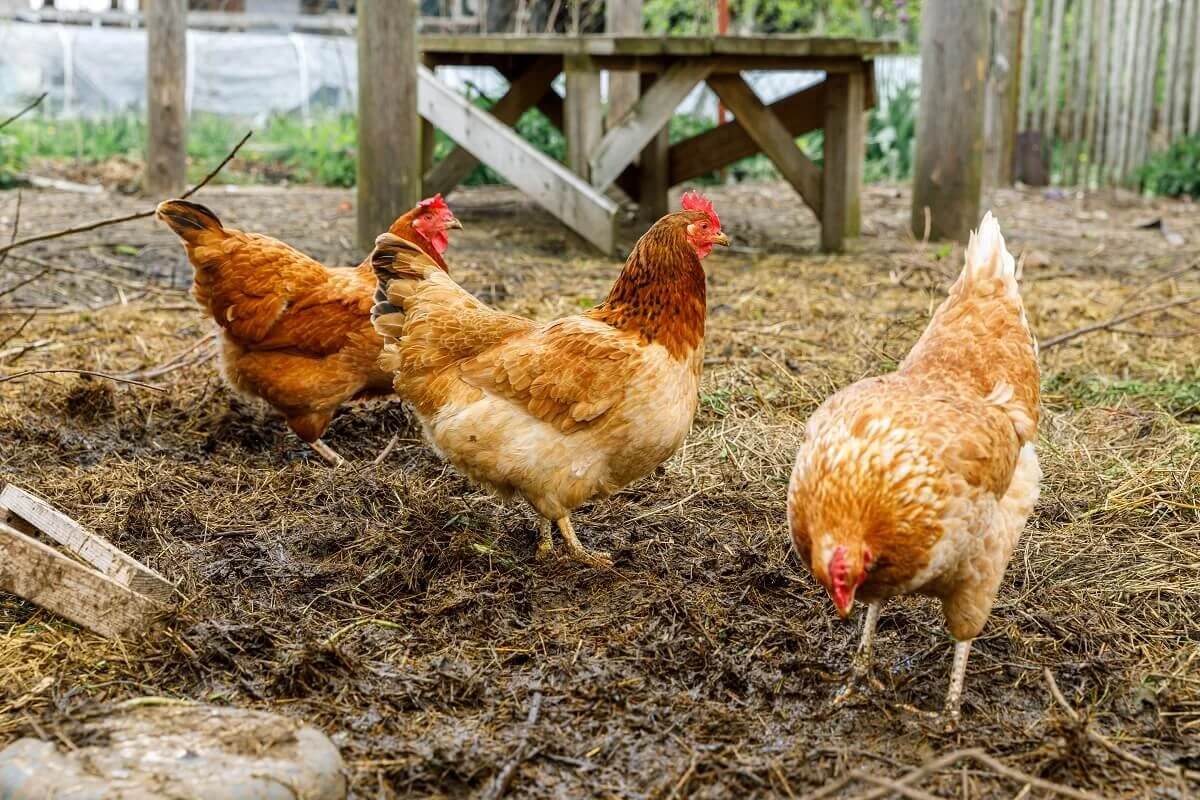Experienced chicken breeders know that certain tricks may be needed in order to get the hens to lay more eggs, and for this they try to supplement the hen’s diet with different nutrients.
Give yeast to the hens if you want them to lay a lot of eggs
One of the most widely used additives to encourage lying eggs is yeast. It can also be included in compound feed and traditional chicken feed. However, in order to avoid unpleasant consequences, it is necessary to know exactly how to use it and in what quantity to give it to the hens.
Yeast is a rich source of proteins, fatty acids, and trace elements necessary for the body, both for chickens and adult birds.
By regularly adding yeast into the feed of hens, you can increase the number of eggs they lay, especially in the winter months, with up to 23% more eggs. At the same time, the addition of yeast to chicken feed strengthens the immune system and increases the body weight of the birds, and the diameter of the eggs will also be larger.
Caution is important, however, as according to experts some hens may develop a negative reaction to yeast added to their feed, including diarrhea, Inflammation of the cloaca and Arthritis.
If these symptoms appear, it is advisable to stop feeding yeast or reduce its concentration in the feed by 50%.
Methods of using yeast in chicken feed
The grains used to make the feed must first be crushed, and the smaller and finer they is crushed, the better. The optimal temperature of the water used should be 36-38 degrees. If it is heated to a higher temperature, the yeast will die.
For cooking, you need to count more than half the volume of the finished food, as it will swell during fermentation. The yeast must be thoroughly dissolved so that no lumps remain in the mixture. You can also add a spoonful of sugar to make yeast dissolve faster.
Preparation methods
Yeast feed can be produced using three different methods:
• For the first method, you must first prepare a “dough” base. In other words, the dough must be kneaded first, and then the yeast is added. For the dough, take 200 g of ground grain mixture and 10 g of yeast, which must be dissolved in 0.5 liters of slightly warmed (36-38 degrees Celsius) water.
Let this mixture stand for 4 hours, then add another 800 g of grain, add 1 l of water. After another 4 hours of soaking, the prepared feed can be given to the chickens.
• For the second method, you do not need to knead the dough beforehand. For cooking, take 1 kg of grain base, 0.2 g of yeast and 1.5 liters of heated water. Make a mixture of the grain and the yeast and let it ferment for 6 hours, stirring regularly. When the mixture has swollen and absorbed all the liquid, add another glass of water.
• For the third method, mix 10 g of yeast and 0.5 liters of heated water. Pour the mixture into 0.5 kg of ground grain and let it rise for 6 hours. Then add another 0.5 kg of grain, 0.8 liters of water and mix thoroughly. Let it stand for a day, then give the finished feed to your chickens.
If only one type of grain is used, it does not provide the chickens with the necessary amount of nutrients.
Whole grains are less nutritious, so it is better to give them crushed and ground. In the winter months, the best solution is to germinate the grains, so that the birds get the maximum amount of vitamins.
Give the birds yeast-enriched feed every day or every other day. The optimal daily amount is 20 g per hen. Feed yeast should be added to the chickens’ diet from mid-autumn to mid-spring. In the warmer months, chickens are usually fed a lot of fresh food, so they don’t need yeast. Feed made with yeast can be stored for up to one day. If you have made too much and do not want to throw it away, you can freeze it, but it will lose some of its effectiveness.
Chickens can consume feed enriched with yeast from the age of 18 days, in a daily dose of 3-4 grams. Chickens kept for meat need more protein. These chickens can receive yeast feed from the age of 15 days starting with an initial dose of 3 g, which can be increased to 10 g gradually.

